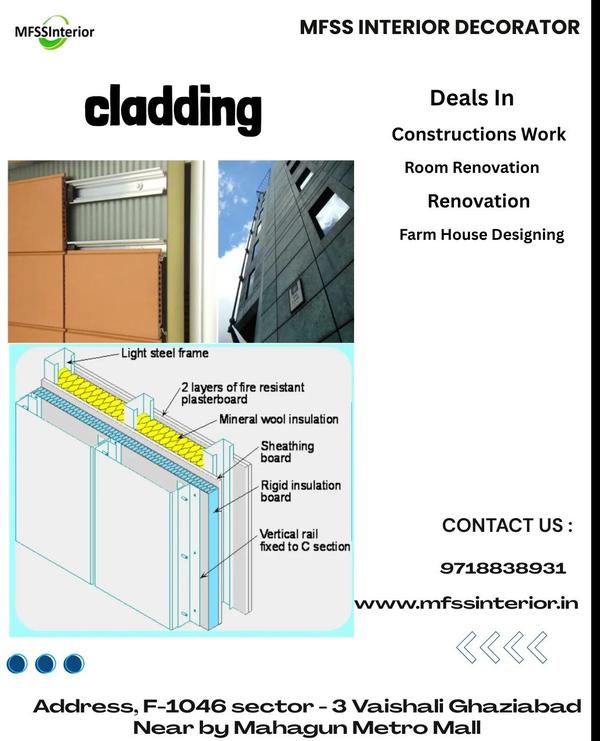
Interior Designer Work In Vasundhara Ghaziabad

Great! Interior designers play a big role in residential construction. Here’s an overview of what they do and how their work fits into a project: What Does an Interior Designer Do? Space Planning: Decides how rooms are laid out and used efficiently (furniture placement, flow, ergonomics). Design Concept: Develops themes, color palettes, textures, lighting styles, and overall mood for the home. Material Selection: Chooses flooring, wall finishes, cabinetry, countertops, fabrics, and fixtures. Lighting Design: Plans natural and artificial lighting for aesthetics and functionality. Custom Furniture & Built-ins: Designs or selects furniture to match the overall design. Budgeting & Sourcing: Balances aesthetics with cost; sources furniture, decor, and materials. Coordination: Works with architects, contractors, and suppliers to ensure the design is implemented correctly. Work Process of an Interior Designer Client Consultation: Understands the client’s lifestyle, needs, budget, and preferences. Concept Development: Creates mood boards, sketches, or 3D renderings. Design Approval: Presents designs to the client for feedback and revisions. Material & Product Selection: Sources and finalizes finishes, fixtures, and furniture. Execution & Supervision: Works with contractors and vendors to bring the design to life. Final Styling: Adds decor, accessories, and ensures all design elements align. Skills Needed Creativity & artistic sense Knowledge of design software (AutoCAD, SketchUp, Revit, 3D Max) Understanding of building codes & ergonomics Project management & budgeting skills Communication & client handling Career Opportunities in Residential Interior Design Work at design studios, architecture firms, or construction companies. Become a freelance interior designer or start your own studio. Specialize in kitchen design, lighting design, or luxury interiors.
Subscribe for latest offers & updates
We hate spam too.


